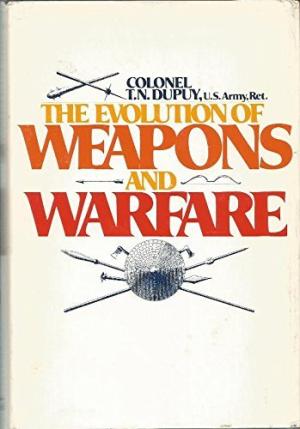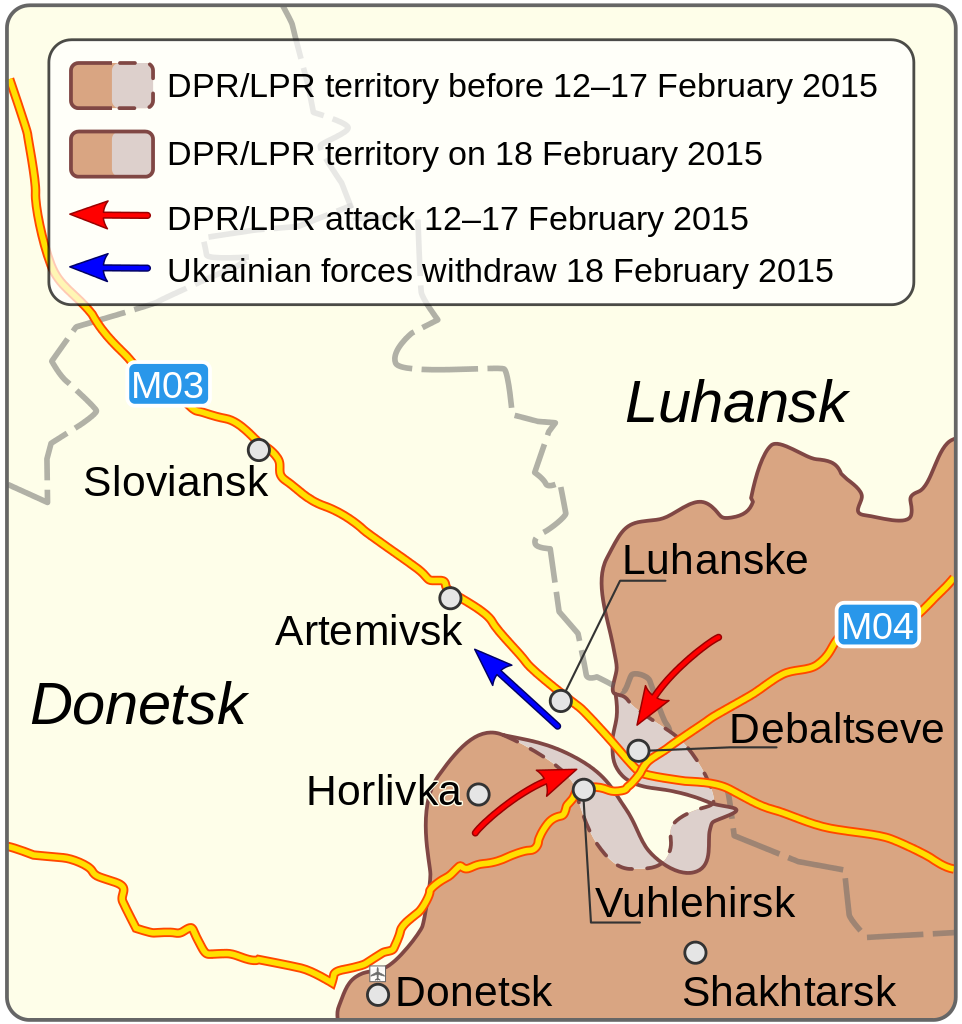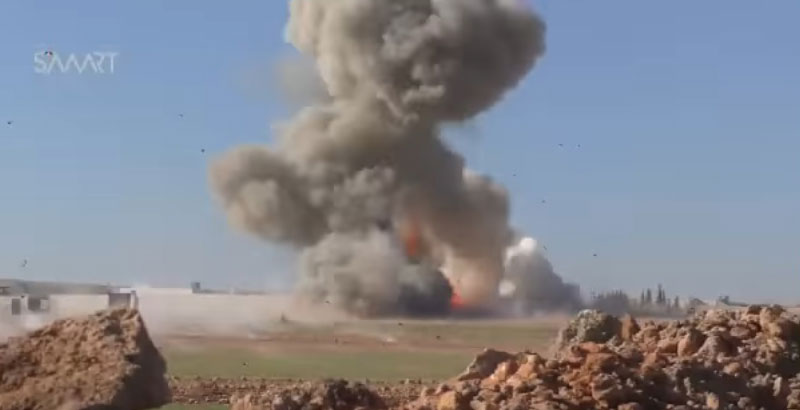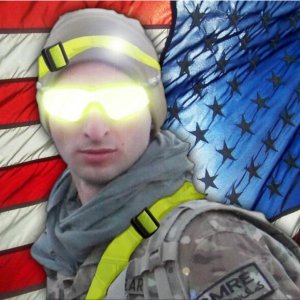 The International Security Studies Forum (ISSF) has posted a roundtable review on H-Diplo of Jasen J. Castillo’s Endurance and War: The National Sources of Military Cohesion (Stanford, CA: Stanford University Press, 2014). As the introduction by Alexander B. Downes of The George Washington University lays out, there is a considerable political science literature that addresses the question of military effectiveness, or why some militaries are more effective combatants than others. Castillo focused on why some armies fight hard, even when faced with heavy casualties and the prospect of defeat, and why some become ineffective or simply collapse. The example most often cited in this context – as Downes and Castillo do – is the French Army. Why were the French routed so quickly in 1940 when they had fought so much harder and incurred far higher casualties in 1914? (Is this characterization of the French entirely fair? I’ll take a look at that question below.)
The International Security Studies Forum (ISSF) has posted a roundtable review on H-Diplo of Jasen J. Castillo’s Endurance and War: The National Sources of Military Cohesion (Stanford, CA: Stanford University Press, 2014). As the introduction by Alexander B. Downes of The George Washington University lays out, there is a considerable political science literature that addresses the question of military effectiveness, or why some militaries are more effective combatants than others. Castillo focused on why some armies fight hard, even when faced with heavy casualties and the prospect of defeat, and why some become ineffective or simply collapse. The example most often cited in this context – as Downes and Castillo do – is the French Army. Why were the French routed so quickly in 1940 when they had fought so much harder and incurred far higher casualties in 1914? (Is this characterization of the French entirely fair? I’ll take a look at that question below.)
According to Downes, for his analysis, Castillo defined military cohesion as staying power and battlefield performance. He identified two factors that were primary in determining military cohesion: the persuasiveness of a regime’s ideology and coercive powers and the military’s ability to train its troops free from political interference. From this, Castillo drew two conclusions, one counterintuitive, the other in line with prevailing professional military thought.
- “First, regimes that exert high levels of control over society—through a combination of an ideology that demands ‘unconditional loyalty’ (such as nationalism, communism, or fascism) and the power to compel recalcitrant individuals to conform—will field militaries with greater staying power than states with low levels of societal control.”
- “Second, states that provide their military establishments with the autonomy necessary to engage in rigorous and realistic training will generate armies that fight in a determined yet flexible fashion.”
Based on his analysis, Castillo defines four military archetypes:
- “Messianic militaries are the most fearsome of the lot. Produced by countries with high levels of regime control that give their militaries the autonomy to train, such as Nazi Germany, messianic militaries possess great staying power and superior battlefield performance.”
- “Authoritarian militaries are also generated by nations with strong regime control over society, but are a notch below their messianic cousins because the regime systematically interferes in the military’s affairs. These militaries have strong staying power but are less nimble on the battlefield. The Red Army under Joseph Stalin is a good example.”
- “Countries with low regime control but high military autonomy produce professional militaries. These militaries—such as the U.S. military in Vietnam—perform well in battle but gradually lose the will to fight as victory recedes into the distance.”
- “Apathetic militaries, finally, are characteristic of states with both low regime control and low military autonomy, like France in 1940. These militaries fall apart quickly when faced with adversity.”
The discussion panel – Brendan Rittenhouse Green, (University of Cincinnati); Phil Haun (Yale University); Austin Long (Columbia University); and Caitlin Talmadge (The George Washington University) – reviewed Castillo’s work favorably. Their discussion and Castillo’s response are well worth the time to read.
Now, to the matter of France’s alleged “apathetic military.” The performance of the French Army in 1940 has earned the country the infamous reputation of being “cheese eating surrender monkeys.” Is this really fair? Well, if measured in terms of France’s perseverance in post-World War II counterinsurgency conflicts, the answer is most definitely no.
As detailed in Chris Lawrence’s book America’s Modern Wars, TDI looked at the relationship between national cost of foreign interventions and the outcome of insurgencies. One method used to measure national burden was the willingness of intervening states to sustain casualties. TDI found a strong correlation between high levels of casualties to intervening states and the failure of counterinsurgency efforts.
Among the cases in TDI’s database of post-World War II insurgencies, interventions, and peace-keeping operations, the French were the most willing, by far, to sustain the burden of casualties waging counterinsurgencies. In all but one of 17 years of continuous post-World War II conflict in Indochina and Algeria, democratic France’s apathetic military lost from 1 to 8 soldiers killed per 100,000 of its population.
In comparison, the U.S. suffered a similar casualty burden in Vietnam for only five years, incurring losses of 1.99 to 7.07 killed per 100,000 population between 1966 and 1970, which led to “Vietnamization” and withdrawal by 1973. The United Kingdom was even more sensitive to casualties. It waged multiple post-World War II insurgencies. Two that it won, in Malaya and Northern Ireland, produced casualty burdens of 0.09 British killed per 100,000 during its 13 years; Northern Ireland (1968–1998) never got above 0.19 British soldiers killed per 100,000 during its 31 years and for 20 of those years was below 0.025 per 100,000. The British also lost several counterinsurgencies with far lower casualty burdens than those of the French. Of those, the bloodiest was Palestine, where British losses peaked at 0.28 killed per 100,000 in 1948, which is also the year they withdrew.
Of the allegedly fearsome “authoritarian militaries,” only Portugal rivaled the staying power of the French. Portugal’s dictatorial Estado Novo government waged three losing counterinsurgencies in Africa over 14 years, suffering from 1 to 3.5 soldiers killed per 100,000 for 14 years, and between 2.5 and 3.5 killed per 100,000 in nine of those years. The failure of these wars also contributed to the overthrow of Portugal’s dictatorship.
The Soviet Union’s authoritarian military had a casualty burden between 0.22 and 0.75 soldiers killed per 100,000 in Afghanistan from 1980 through 1988. It withdrew after losing 14,571 dead (the U.S. suffered 58,000 killed in Vietnam) and the conflict is often cited as a factor in the collapse of the Soviet government in 1989.
Castillo’s analysis and analytical framework, which I have not yet read, appears intriguing and has received critical praise. Like much analysis of military history, however, it seems to explain the exceptions — the brilliant victories and unexpected defeats — rather than the far more prevalent cases of indecisive or muddled outcomes.







 The International Security Studies Forum (ISSF) has posted a
The International Security Studies Forum (ISSF) has posted a 